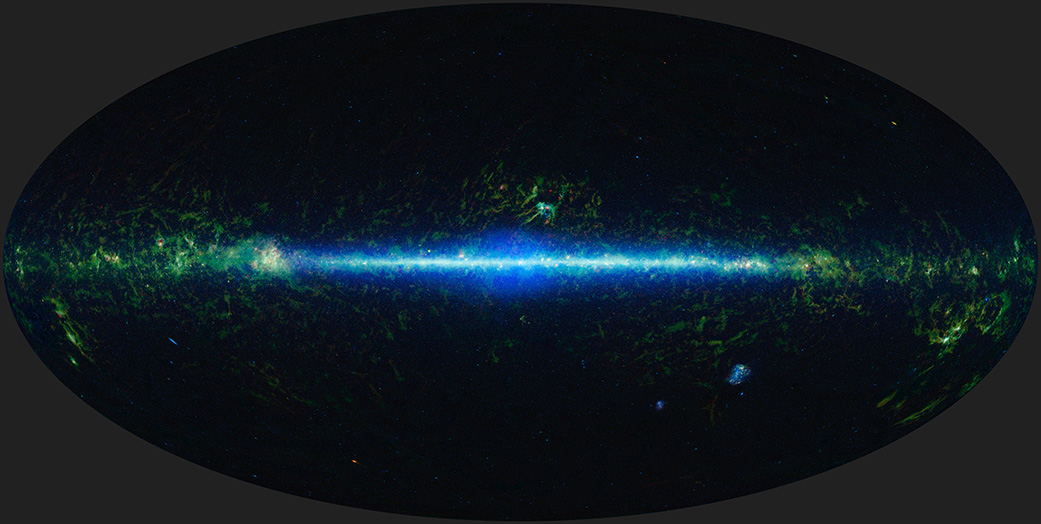NASA has published a series of timelapse of the celestial sphere, created on the basis of images of the NEOWISE infrared telescope. They demonstrate many interesting phenomena, including the activity of a black hole, pulsations of dying stars and the movement of a brown dwarf.
NEOWISE Mission Objectives
The NEOWISE telescope was launched in 2009. Initially, it was called WISE (Wide-Field Infrared Survey Explorer). The purpose of its mission was to compile an infrared survey of the entire sky. The data collected by the telescope was later used by astronomers to search for objects such as ultra-bright infrared galaxies, regions of active star formation, brown dwarfs, etc. WISE has also discovered over 34,000 previously unknown asteroids.

By the end of 2010, WISE completed its main mission and was put into sleep mode. After a while, NASA found another use for the inactive device, and it was reactivated. As part of the new NEOWISE mission, the telescope was assigned the task of studying asteroids and comets. The main emphasis was placed on the search for objects that could pose a threat to our planet. Every six months, the telescope performs a full scan of the sky, after which scientists compare its images in order to search for moving objects. They are also used to create global maps of the celestial sphere, demonstrating the position and brightness of hundreds of millions of different objects.
Global Sky Timelapse
Recently, astronomers have found a new use for NEOWISE images. A team of American researchers combined 18 maps obtained by the telescope to create a global timelapse of the entire celestial sphere. It demonstrates the curious changes that have occurred in the sky over the past decade.
The NEOWISE images, in particular, show an increase in the brightness of a galaxy located at a distance of 690 million light-years from Earth. It was caused by the absorption of a star by a supermassive black hole. Another timelapse shows how a pulsating star is nearing the end of its life cycle.
The NEOWISE images also demonstrate various manifestations of the activity of newborn luminaries, the movement of a brown dwarf and an unexpected stellar flare, which nature remains a mystery to astronomers so far.
Follow us on Twitter to get the most interesting space news in time
https://twitter.com/ust_magazine
